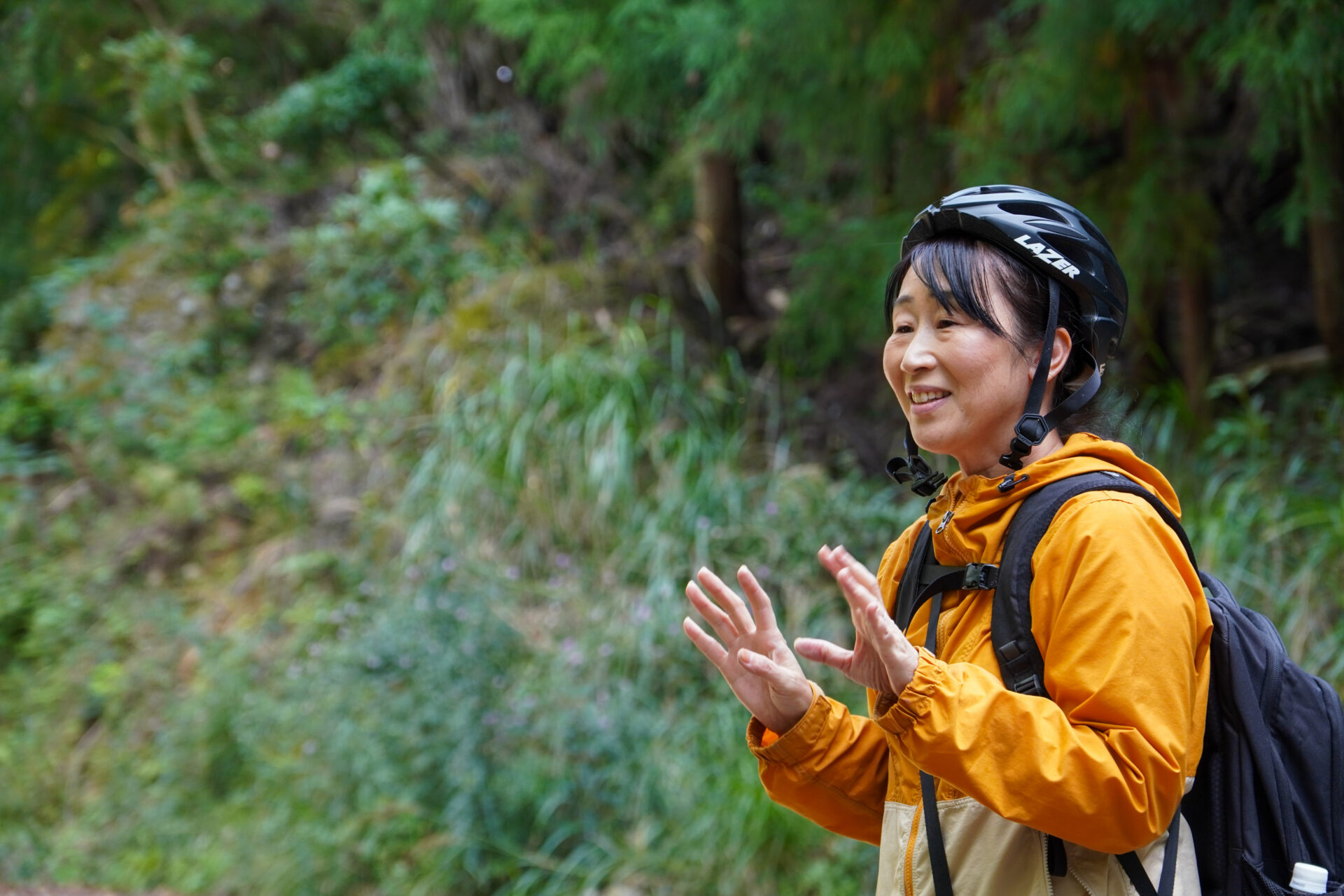
Connecting the Future Through the Power of Tourism: Buzen’s Traditional Culture and Way of Life

東 里美
Satomi Higashi
Buzen [Fukuoka]
Higashi Satomi, born in Kitakyushu City, Fukuoka Prefecture. After graduating from university, she worked in public relations for a radio station and a concert planning and management company in Fukuoka City. Later, she became involved in promoting the attractions of Buzen City through roles such as an FM radio personality in the Keichiku area (southeastern part of the Kitakyushu region and the eastern part of Fukuoka Prefecture)and a regional revitalization corporation team member. Currently, she is a staff member at the Buzen Tourism and Town Development Association, involved in various projects related to tourism and town development.
Buzen City, located in the eastern part of Fukuoka Prefecture, is home to historical and natural treasures such as Mount Kubote, once considered a sacred site for Shugendo practitioners, Buzen Kagura, a ritual dance with origins tracing back to the Middle Ages, and the bountiful Buzen Sea. Higashi Satomi from the Buzen Tourism and Town Development Association is actively working to promote these attractions through the power of tourism, supporting their preservation.
"As someone who moved from the city, I can truly appreciate the 'genuine quality' that exists here."
We asked Ms. Higashi what it is about Buzen's appeal that motivates her so much.
The natural beauty, culture, and grounded lifestyle of Buzen led me to contemplate relocation.
“In the changing seasons here, one can feel the breath of people’s lives and culture. This place felt more like home to me than my actual hometown did, after growing tired of the city life and work.”
Higashi Satomi, who works for the Buzen Tourism and Town Development Association, plays a key role in promoting the city’s attractions through tourism. She manages the city’s tourism information, the “Forest Guides of Buzen,” and the administrative office for the Buzen Experience Program, Buzen “Mi” Taiken.
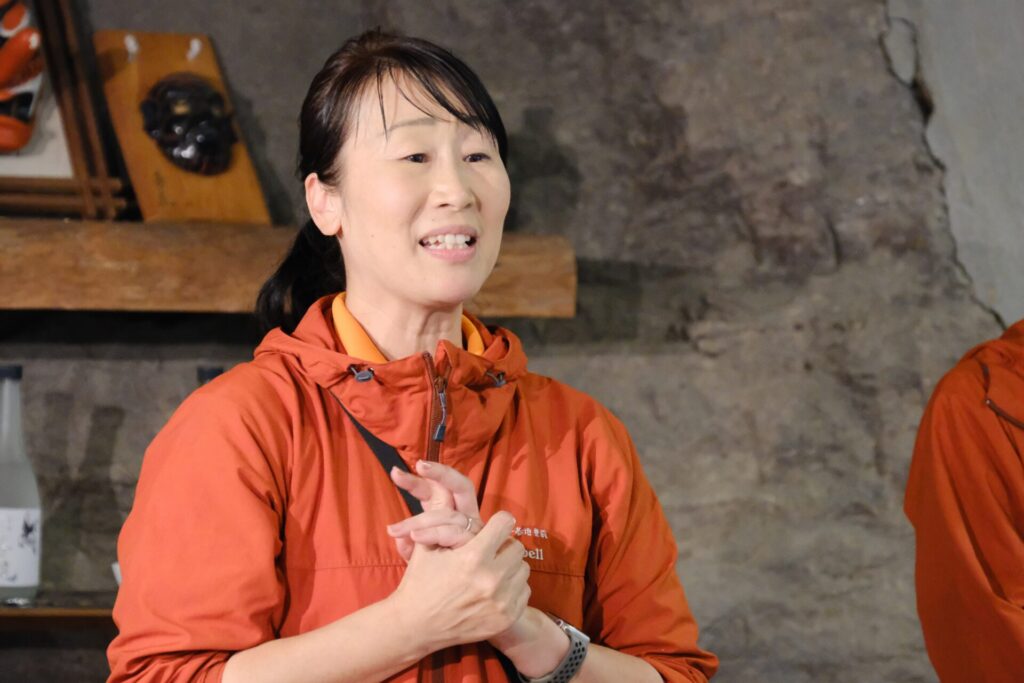
Ms. Higashi first visited Buzen City over ten years ago. Born in Kitakyushu City and having spent her student years in Fukuoka City, she worked in the bustling music industry without a moment to spare, even to look up at the sky.
“Feeling at my limit, I resigned. While spending some time at my parents’ home in Kitakyushu, a friend asked me, “Would you like to work for a community FM that conveys the charms of Buzen and Keichiku?”
Though I had never visited the place before, something about it drew me in, and I accepted.”
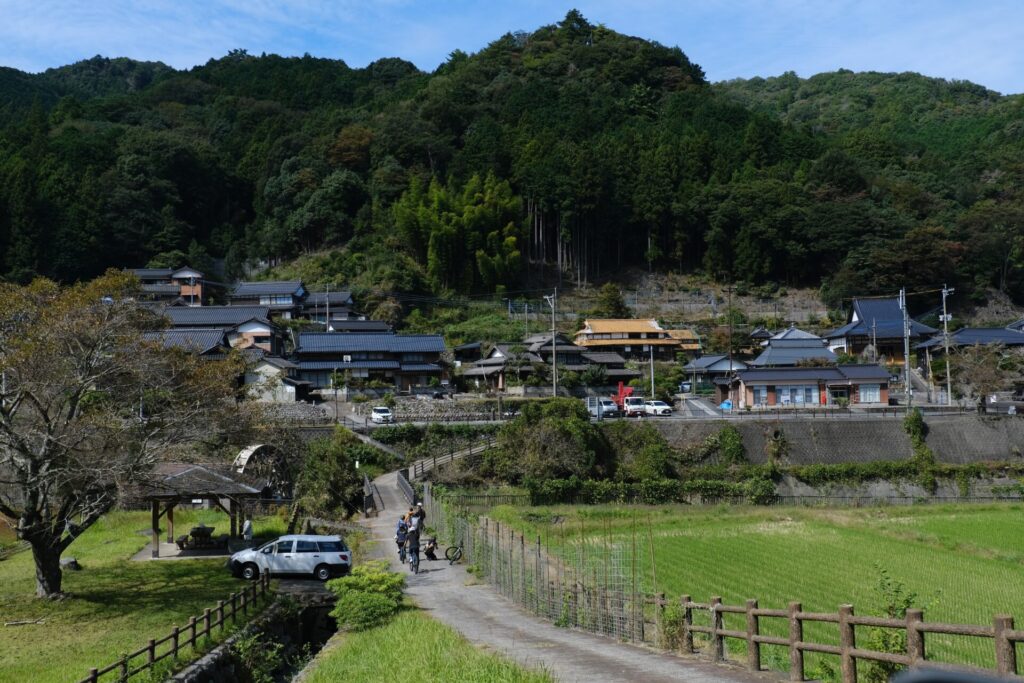
The city, rich in mountains and sea, was a revelation, especially the people’s “grounded lifestyle,” which was a fresh surprise for her. The new job at the FM station, a 30-minute drive from her parents’ home, led to her commuting to Buzen.
“Traveling around the city for interviews, I encountered its natural beauty, culture, and people, deepening my appreciation for this place. When I spoke to the locals, they would often say, ‘There’s nothing much here. Where do you find its charm?’ But I felt a strong sense of community and kindness—a ‘culture of connection.'”
After broadcasting Buzen’s charms on the radio for four years, Ms. Higashi harbored a strong desire to relocate. Despite wanting to live there, finding a suitable home proved challenging. Then, an opportunity to join the “regional revitalization cooperation team,” which also allowed for relocation, came up. She applied without hesitation and was accepted, finally becoming a resident of Buzen.
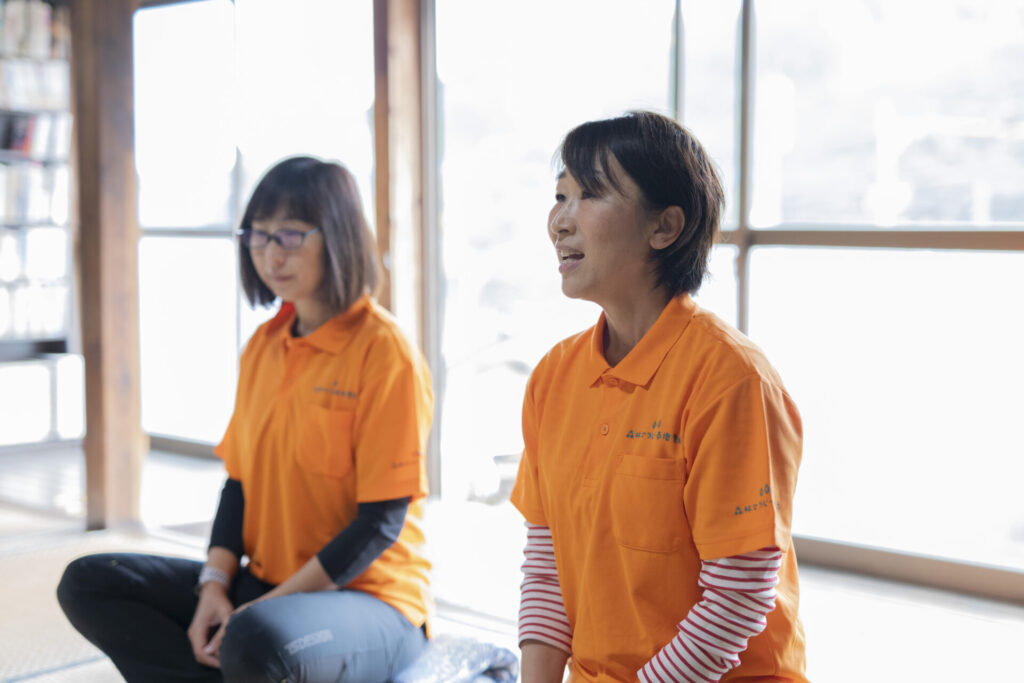
Promoting the charm of the Buzen Sea and becoming a fisherman’s wife through fate.
“I had always been interested in the region’s history of Shugendo and attended history courses on it, hoping to help with satoyama(local mountain)-related regional promotion. However, I was assigned to promote the Buzen Sea.”
Though initially unexpected, her involvement with fishermen and fishing cooperatives led her to discover the richness of the Buzen Sea.
“The sea here is nourished by the mountains and is incredibly nutrient-rich. It’s home to seaweed beds, squid, crescent sweetlips, daggertooth pike conger and crabs that come here to spawn. The tidal flats also yield clams and scallops, offering a bounty of delicious seafood. After being exposed to fish every day, I’ve even learned how to do Shinkei-shime (nerve clamping), which is a method of bringing home live fish that is well processed and tastes great.”
Ms. Higashi, who became involved with the sea as part of the regional revitalization cooperation team, found love and married a fisherman. What began as a temporary relocation turned into a permanent stay. With the completion of her term, she founded a company to continue promoting the Buzen Sea and expanded her involvement to include overall regional tourism.
Mount Kubote, a sacred site of Shugendo, sharpens the senses and unites with nature.
“I was first captivated by Mount Kubote when I visited. The experience of Shugendo, especially after the Great East Japan Earthquake, prompted me to reevaluate my life and the importance of coexisting with nature. Shugendo, an ancient Japanese mountain asceticism, involves rigorous training in sacred mountains to cultivate physical and spiritual discipline. Japan has three major Shugendo sites: Dewa Sanzan in Yamagata Prefecture, Omine-san in Nara Prefecture, and Hiko-san in Fukuoka Prefecture, with Mount Kubote being influenced by the tradition of Hiko-san. Once a thriving center for Shugendo practice, known as “a mountain with five hundred monks’ houses,” it played a significant role in the spiritual training of many practitioners.
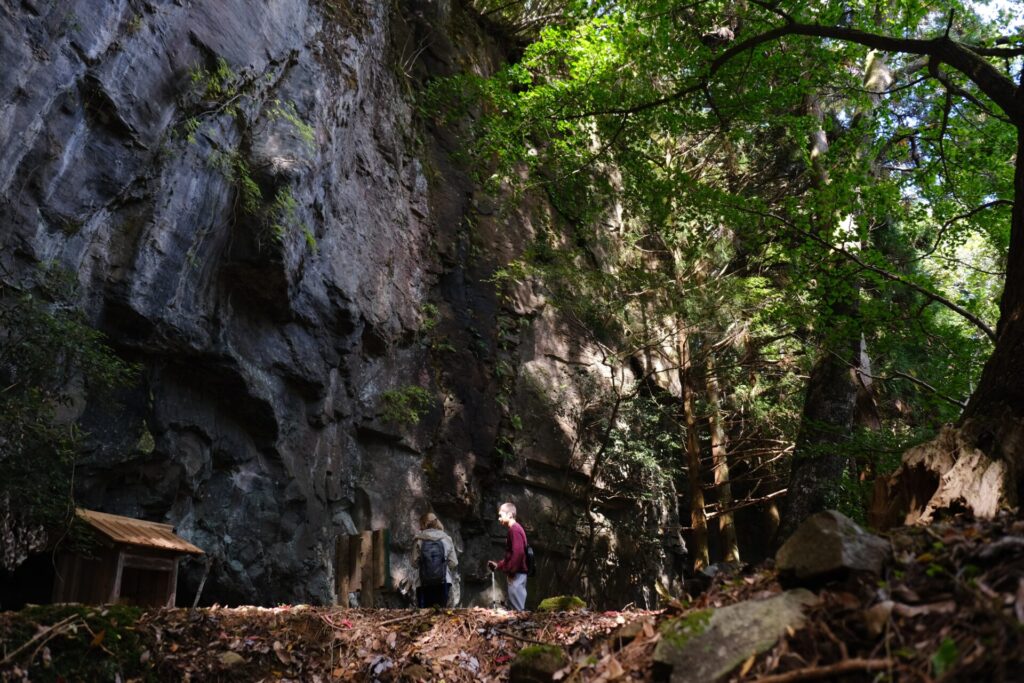
“The sense of sacred power at Mount Kubote is palpable, with many boundaries still in place. Walking the paths once trodden by ascetics and experiencing forest therapy, I could feel my senses sharpening: vision, hearing, smell, taste, touch, and even a deep-seated sixth sense. In modern life, where reliance on material things is commonplace, these natural senses seem to have dulled significantly.”
By placing yourself in the mountains, the distractions stop, allowing one to focus on their senses, and regain concentration and imagination that were always inherent.
Ms. Higashi herself feels that she is kept alive by the cycles of nature.
“When guiding people here, almost everyone is amazed by the power of the mountain and the difference in the air. Some feel it as soon as they step off the train in Buzen. Initially overwhelmed, they gradually realize they are part of nature. Interestingly, they often experience a deep, dreamless sleep that night.”
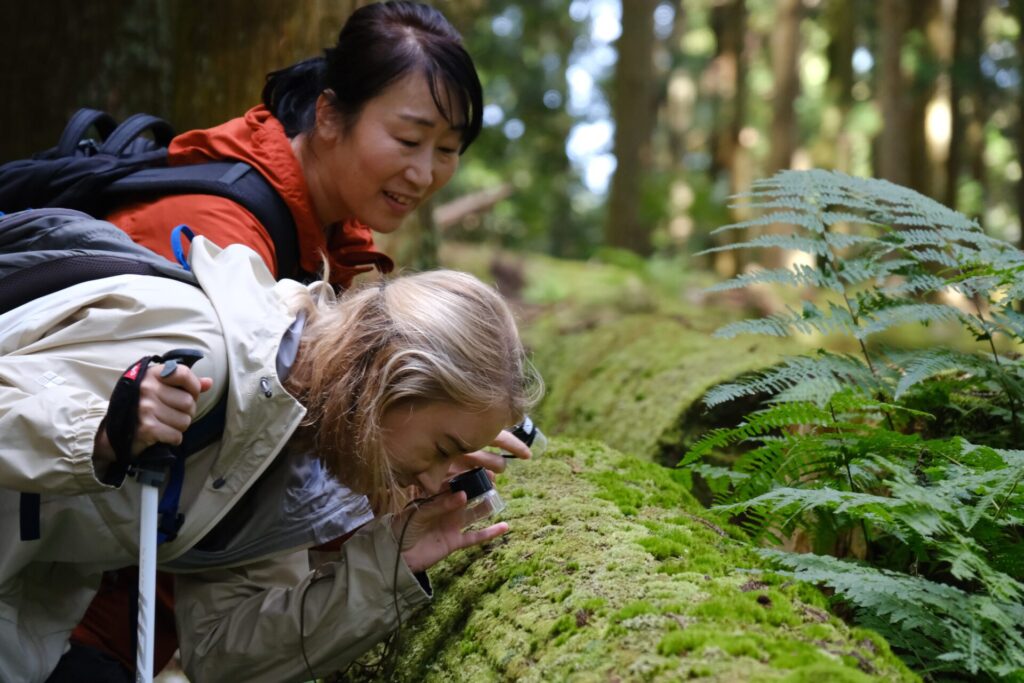
To preserve and pass on Kagura, the “power of tourism” is essential to convey its genuine value.
Buzen also inherits the traditional cultural performing arts of Kagura. Recognized as an Important Intangible Folk Cultural Property of Japan, Buzen Kagura is performed at over fifty shrines throughout the city in autumn, maintained by six Kagura groups.
“Kagura expresses concepts like yin and yang, the five elements (metal, wood, water, fire, and earth), and the seasons, embedding gratitude and prayers to nature in its performances. Living here, one feels how closely culture is intertwined with everyday life. However, preserving this tradition is not simple. The community is aging, and there are fewer people to carry on the traditions, which have been passed down orally.”
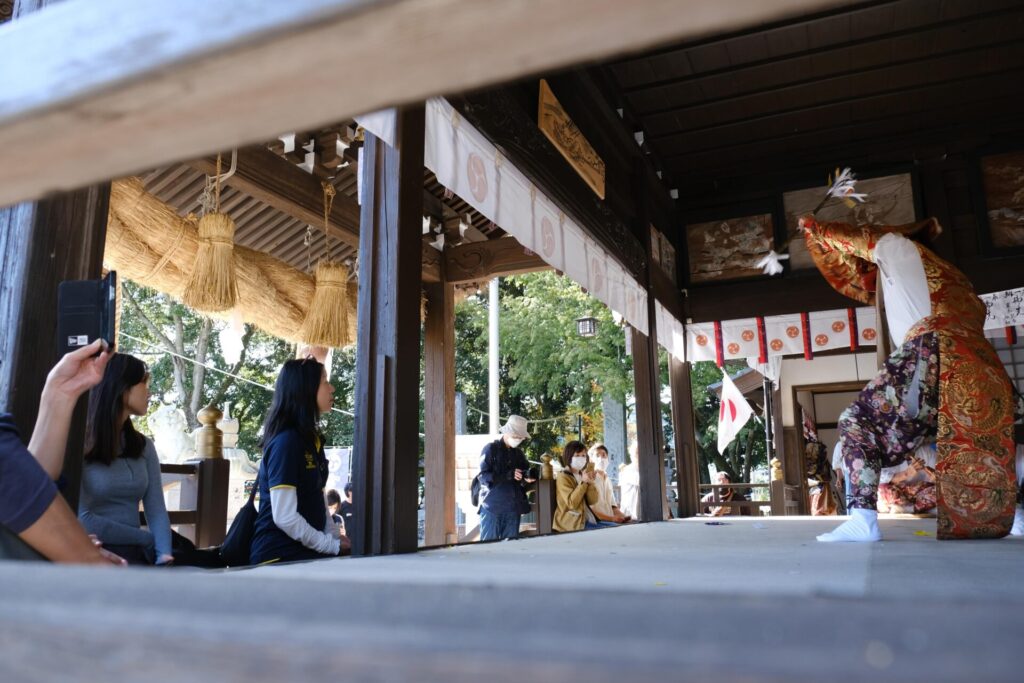
Keeping the kagura dance, protecting the shrine where it is performed, and being recognized as a national asset also requires “staying the same”.
“Yet, when local children see adults perform Kagura, they say, ‘That’s cool, I want to try it too.’ There were times when performances couldn’t be held due to the pandemic, but it’s clear the children envision themselves in future roles. Some practice diligently, becoming surprisingly skilled, highlighting the need for a stage to showcase their talents.”
Given Kagura’s medieval origins, if continuing the tradition within the community becomes increasingly difficult, perhaps “the power of tourism” can offer support. This could allow more people to witness the children’s performances. Therefore, Ms. Higash, without hesitation, also obtained a regional travel business license.
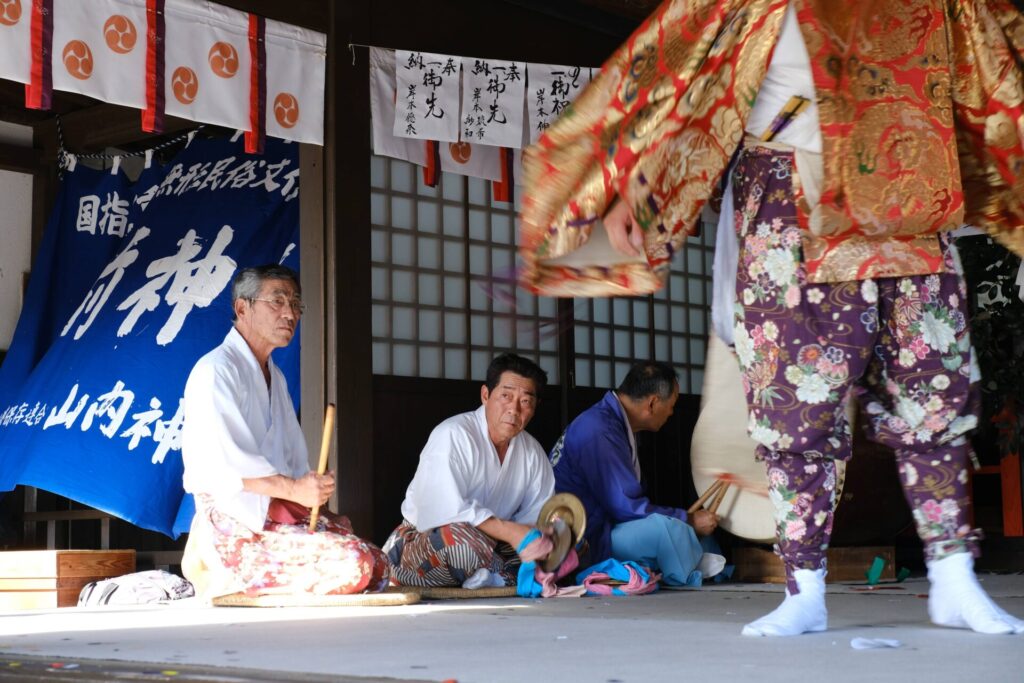
Having personally experienced the depth of attractions like Shugendo at Mount Kubote, forest therapy, and the rich seafood of the Buzen Sea, Ms. Higashi now plans to attract people from both within Japan and abroad through tourism. Not only does she aim to support the survival of traditional culture, but she also wants everyone to know about all the charms that Buzen has to offer.
“I want visitors not just to see but to understand the lifestyle that nurtures Buzen’s culture and traditions and to experience it with all their senses.”
Despite locals saying “there’s nothing much here,” Ms. Higashi feels there’s an invisible effort behind the town’s beauty. It’s because, even unconsciously, there’s a collective desire to “preserve, convey, and connect,” rooted in their daily lives.
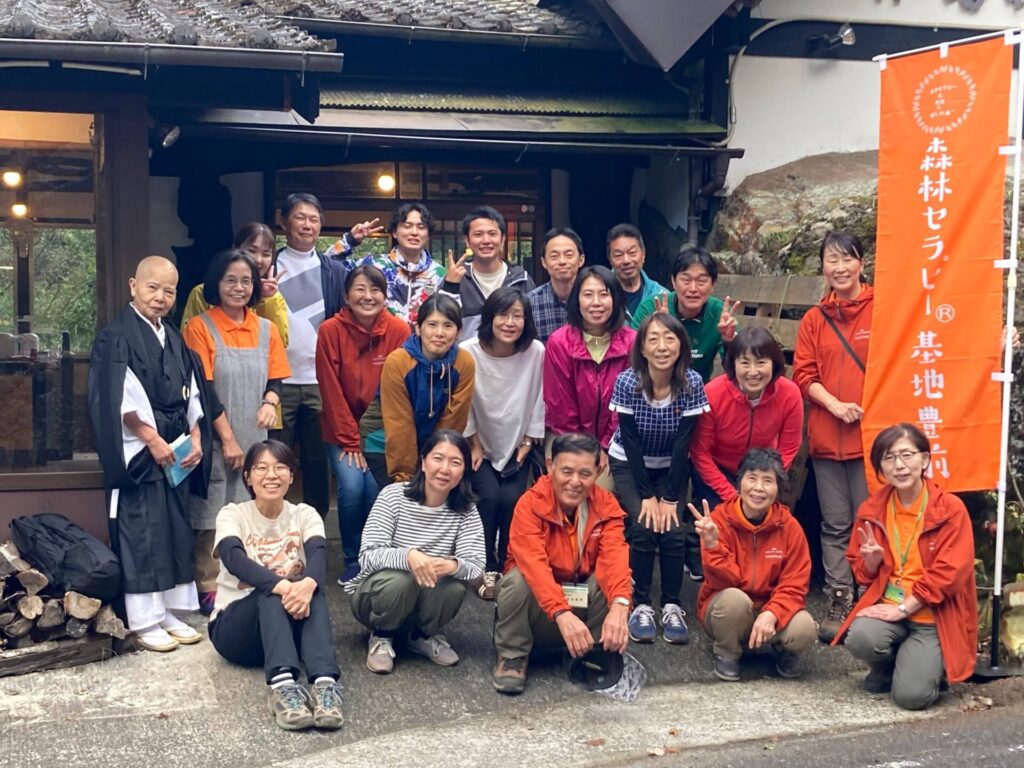
Lastly, we asked Ms. Higashi about what she would like to continue to connect in the future.
“In Buzen, everything perceived with the five senses embodies ‘genuine quality.’ It’s the sense of being nurtured and grateful to nature that allows the real, the unmanufactured, to thrive. My role in Buzen, I believe, is to support and convey this through the power of tourism.”
